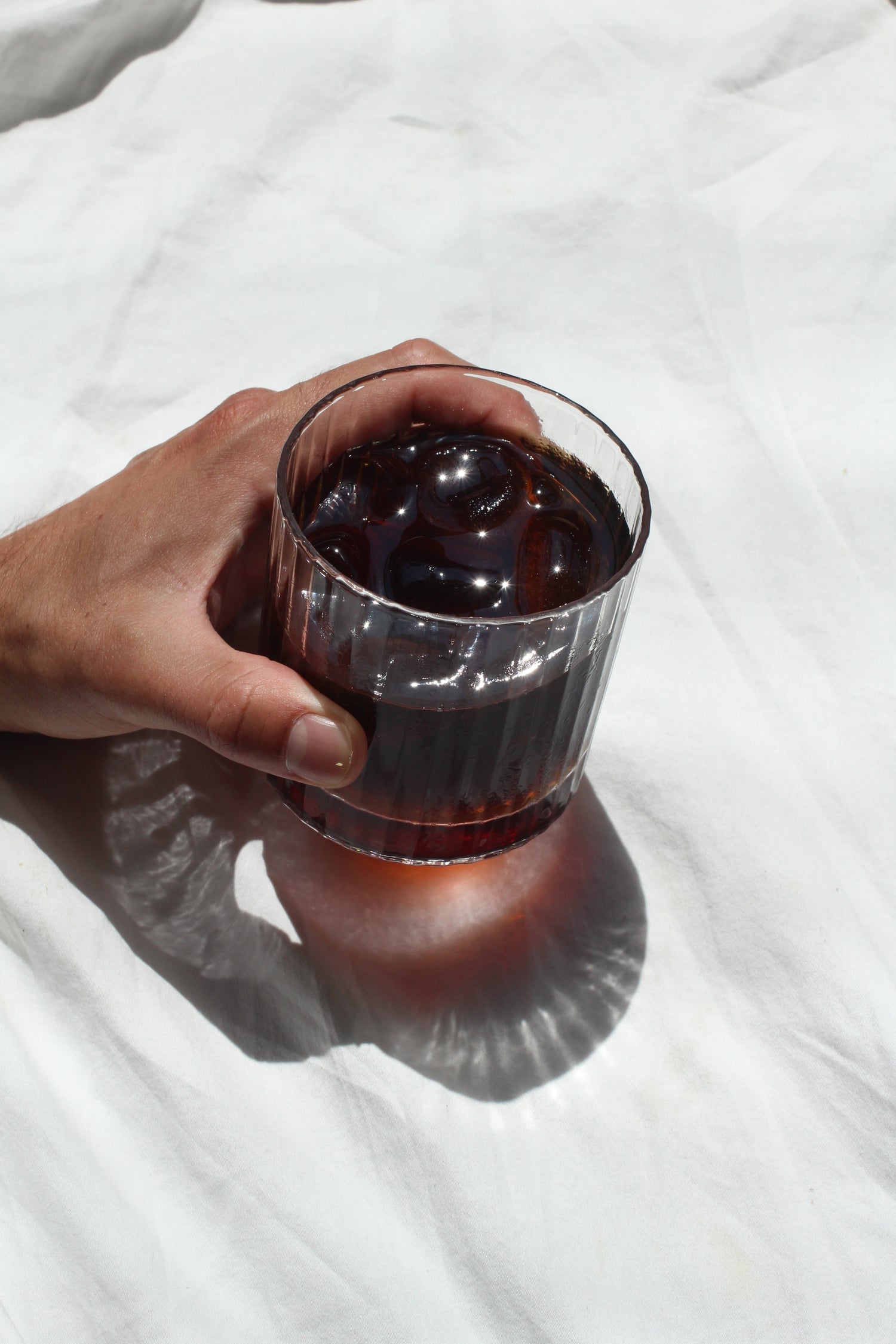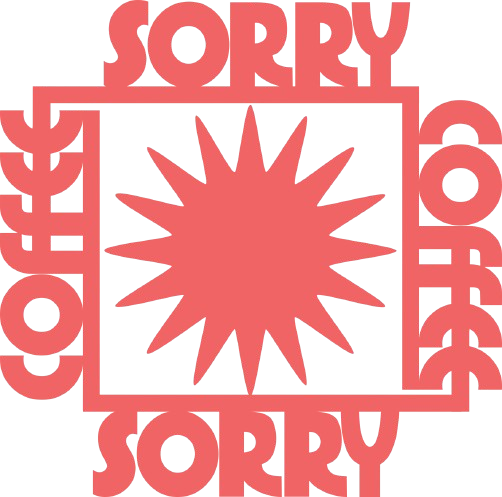
Brew Guide Basics
Making a good cup of coffee at home is easy with the right equipment and ingredients. Using filtered water is one way to improve your cup. The softer the water, the better. Remember, coffee is 95% water. Another piece of equipment to consider is a scale. Weighing your beans and water is the best way to brew precisely and consistently. Meaning you can drink your perfect cup of coffee every day. Finally, make sure to clean and take care of your equipment. Every brew method has slightly different components, but they all will be affected by water scale and coffee oil build up. By cleaning everything after each use, you keep your coffee tasting clean.
Brewing the perfect cup of coffee at home is easy to do, if you learn just a little bit about the variables that affect the brewing process. These variables apply to any and all coffee drinks - from the perfect shot of espresso to a cup of drip from the most basic coffee maker.
The five variables are: brew ratio, grind size, temperature, turbulence, and brew time.
Variables
Brew Ratio
Brew ratio represents the ratio of ground coffee to water used in the coffee brewing process. The ratio is typically shown as 1:15, meaning 1 part ground coffee to 15 parts water. Depending on the equipment and ingredients used, the brew ratio varies. Using sensory information as a guide, decide the strength (thickness or thinness) and extraction (sour, sweet, or bitter) of the brewed coffee, then adjust the brew ratio by one part, less water or more water for the next brew.
Grind Size
Grind Size determines the available surface area of ground coffee for the coffee brewing process.
Finer grind: exposes more of the surface area of ground coffee to water, which increases both strength and extraction in the cup.The brewed coffee will be thicker, and more bitter at the same time.
Coarser grind: exposes less of the surface area of ground coffee to water, thereby decreasing both strength and extraction in the cup.The brewed coffee will be thinner, and more sour at the same time.
A helpful way to think about grind size is if you have a bucket full of sand versus a bucket full of rocks.
When you pour water into the bucket of sand,, the water will take longer to reach the bottom of the bucket than it would for the bucket of rocks. The water is also in contact with the fine-ground coffee for a longer amount of time. Leaving the grounds too long causes over extraction, making the coffee bitter and over-extracted.
The coarsely ground coffee is like the bucket of rocks. Add water, and it will run straight through to the bottom. The water is not in contact with the coffee long enough to extract good flavors from it, causing under extraction, or weak tasting coffee.
For the perfect brew we are looking for a middle ground, a bucket with the right amount of rocks and sand in it.
Brew Time
Brew time refers to how long the extraction phase takes from start to finish. Extraction starts the second the water touches the coffee. Brew time is most important for consistency between brews, so you can produce the same delicious cup over and over.
Unlike the other four coffee-brewing variables, which create quality, brew time is rather a measurement of consistency.
Temperature
Temperature refers to the energy used to extract the coffee from the beans in the brewing process. Temperature either speeds up or slows down the extraction rate at which ground coffee is extracted in water. This correlates with the amount of brew time required.
For example, a brew with a high water temperature of 212 ℉ extracts the coffee quickly, so it requires a shorter brew time.
A brew with a lower water temperature of 185 ℉ extracts the coffee more slowly, which calls for a longer overall brew time.
Both temperatures can work, depending on the time.
If, for example, both brew times above happen to be the same, then the 212 ℉ brew tends to taste more bitter. The higher the brew temperature, the faster the extraction will be. The 185 ℉ would likely taste more sour, given the slower extraction time.
Using sensory information as a guide, perceive the extraction (sour, sweet, or bitter) of the brewed coffee, then adjust the temperature either higher or lower accordingly for the next brew.
To recap, the higher the brew temperature, the faster the coffee extraction will be, thus requiring a shorter brew time.The lower the brew temperature, the slower the coffee extraction will be, thus requiring a longer brew time.
Turbulence
Turbulence is the variable of movement during the coffee brewing process. It helps to ensure even extraction. Ways to create turbulence in the extraction phase include swirling or stirring as the coffee is brewing.
Every coffee brewing method has some degree of turbulence in the process. Turbulence accelerates the extraction phase, which increases extraction of the coffee, so it’s important to apply just the right amount of turbulence.
For example, when making a Chemex or Aeropress, it’s recommended to stir the coffee and water together at some point in the process, with the goal being to evenly disperse the water and the coffee. Leading to a more even extraction.
Using sensory information as a guide, perceive the extraction (particularly bitterness and astringency) of the brewed coffee, then adjust the turbulence either more or less accordingly for the next brew. The more turbulence, the more extraction.
